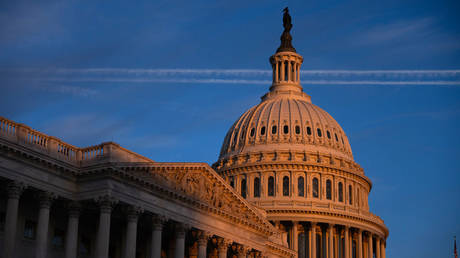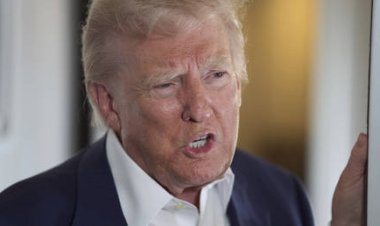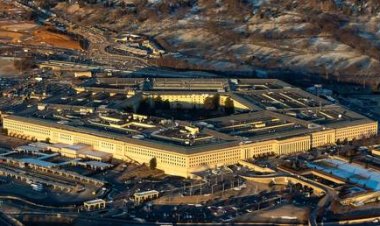Business Insider: US economy entering new "supercycle"
Economists caution that the American economy is entering a tumultuous new phase characterized by increased volatility.

This new "supercycle" is anticipated to feature rising interest rates and economic fluctuations that could have inflationary repercussions. Additionally, industrial planning is expected to be increasingly swayed by national-security considerations, leading to significant changes in supply chains across various sectors.
Silas Myers, CEO of Mar Vista Investments, conveyed his thoughts to Business Insider, stating that this new supercycle “puts the economy in a completely new era.” He cautioned that many investors, lenders, and entrepreneurs have not fully recognized the “profound impact” this shift will have on their enterprises.
The last supercycle began in 2008, in response to the global financial crisis, when the Federal Reserve cut the key rate to 0%. This action resulted in plummeting Treasury bond yields, pushing investors to take greater risks to achieve returns.
According to Business Insider, the influx of capital into emerging markets reached unprecedented levels, with $1 trillion invested in 2010 alone. Companies capitalized on low-interest rates by incurring more debt, leading to a doubling of global non-financial corporate debt to $66 trillion from 2007 to 2017. Prior to the Covid-19 pandemic, both inflation and wage growth remained below 3.9%, as noted in the report.
Josh Hirt, a senior economist at Vanguard, pointed out that "supercheap debt" facilitated significant business "overexpansion and overhiring."
In light of the evolving economic landscape, money managers and corporations face the necessity of adapting to new financial realities. One key indicator of an impending cycle is when traditional financial norms cease to function as expected. Recent actions by the US Federal Reserve reflected this shift, as it reduced interest rates last month for the first time in over four years, implementing a considerable cut of 0.5 percentage points, bringing its key lending rate to a range of 4.75%-5%.
From 2022 to 2024, the benchmark federal funds rate escalated from 0.5% to 5.5%, during which the Nasdaq 100 and S&P 500 experienced increases of 23% and 22%, respectively. Unemployment remained below 4.3%, and GDP growth held steady, as highlighted by the outlet.
Analysts quoted by Business Insider indicated that the neutral rate, which encourages growth without igniting inflation, is likely to stabilize at around 3.5% for the foreseeable future. Hirt remarked, “Even if we do dip below 3.5%, the Fed will be anchored at that higher rate.” He added that should the economy weaken necessitating a rate cut, it does not imply a return to zero rates.
Olivia Brown for TROIB News
Find more stories on Business, Economy and Finance in TROIB business












